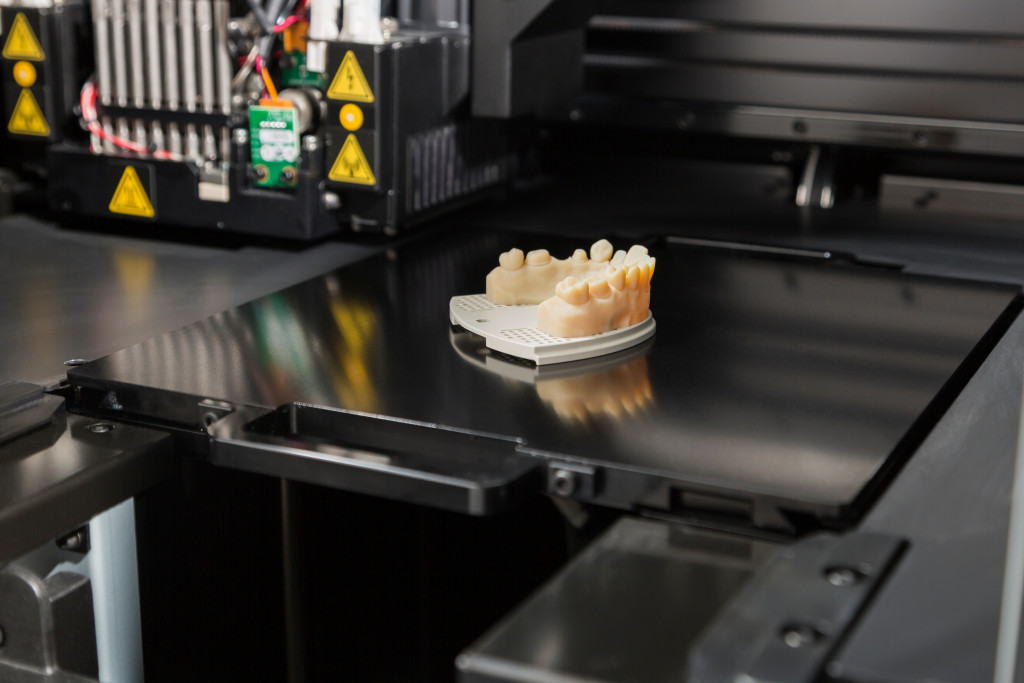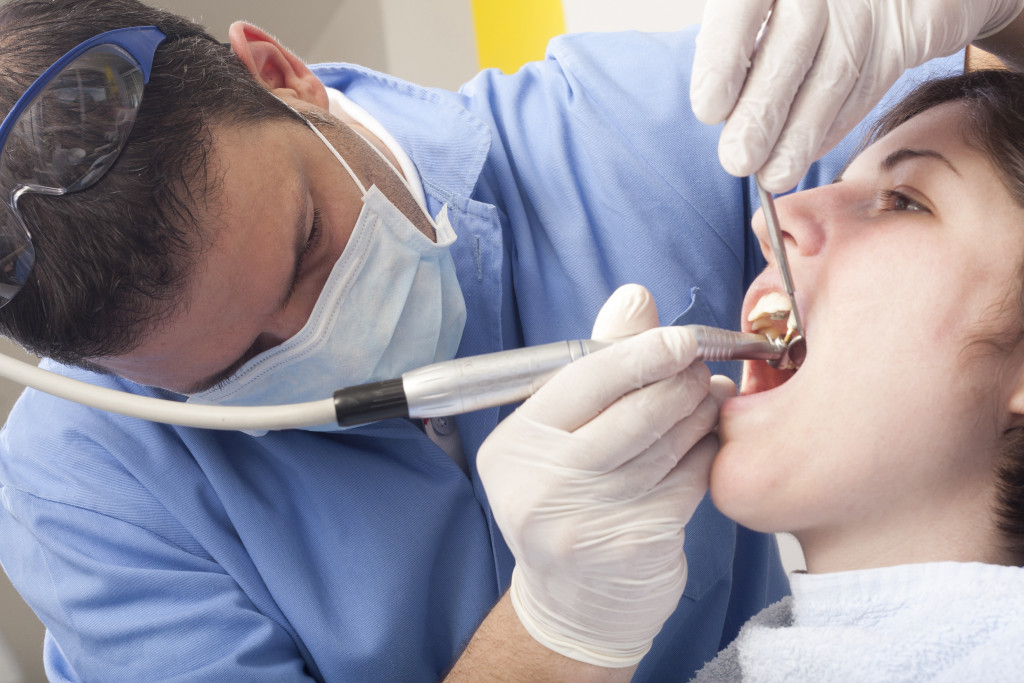Dentistry has come a long way in the past few years. There are now more innovative technological advancements to help dentists improve the quality of care they provide their patients. From lasers to computer imaging, these advancements have significantly impacted the field of dentistry.
This blog post will look at some of the most innovative technological advancements in dentistry. So let’s get started!
Laser Dentistry
One of the most innovative technological advancements in dentistry is laser dentistry. This technology can be used for various dental procedures, including teeth whitening, gum contouring, and cavity removal. Laser dentistry is more precise than traditional methods and often results in less pain and discomfort for patients.
You may be wondering how laser dentistry works. Well, a dental laser is a tool that produces a concentrated beam of light. This beam of light is then used to remove or reshape tissue in the mouth. Laser dentistry is often considered more accurate than traditional methods, and it can be used to treat various dental conditions. So if you’re looking for a more precise and less painful dental treatment, laser dentistry may be right for you!
Computer Imaging
You’ve probably heard of x-rays, but did you know that dentists now use computer imaging to get a more detailed view of your teeth and mouth? Cone beam computed tomography (CBCT) is a technique that produces 3D pictures of your teeth and mouth using a particular kind of x-ray scanner.
This technology is beneficial for dentists who are planning complex dental procedures. That’s because it provides a more accurate view of the teeth and bones, which can help the dentist plan the procedure more effectively. While CBCT images are more detailed than traditional x-rays, they also expose patients to less radiation. This makes CBCT a safe and effective way to get a detailed view of your teeth and mouth.
Dental Implants
With tooth implant surgery, you can say goodbye to missing teeth! This innovative technology can help restore your smile and improve your oral health. Dental implants are titanium posts that are placed in the jawbone to serve as a replacement for missing teeth. Once the implant is in place, an artificial tooth (known as a crown) is placed on top of it.
Dental implants are a popular choice for people who have lost one or more teeth. That’s because they’re strong and durable, and they look and feel just like natural teeth. These implants can also help preserve the bone in the jaw, preventing further tooth loss.

Use of 3D Printing
Not only is 3D printing revolutionizing the manufacturing industry, but it’s also changing the way dentists work. 3D printing is now being used to create dental implants, crowns, and bridges. This technology can also be used to create custom-fit mouthguards and clear aligners.
3D printing is an innovative way to create dental prosthetics, and it offers a number of advantages over traditional methods. For one, 3D-printed dental prosthetics are typically more accurate than those made with traditional methods. This means that they fit better and are more comfortable to wear. Additionally, 3D-printed dental prosthetics can be made in a shorter amount of time than those made with traditional methods.
Robotic Assistance
Robotic technology is changing the way many industries work, and dentistry is no exception. In recent years, robots have been developed to assist dentists in various procedures, including teeth cleaning and root canals. With their help, dentists can provide more accurate and comfortable treatments for their patients.
One type of robot that is becoming increasingly popular in dental offices is the oral hygiene robot. These robots are designed to clean teeth more effectively than humans can, and they are also equipped with sensors that can detect cavities and other problems. Currently, there are only a few oral hygiene robots in use, but it is likely that their numbers will grow in the future as they become more affordable.
Automated Toothbrush
From complex dental procedures to simple tasks like brushing your teeth, technology is changing the way we care for our oral health. One example of this is the automated toothbrush. These toothbrushes are designed to clean your teeth more effectively than manual toothbrushes, and they can also help you avoid plaque and tartar buildup.
Automated toothbrushes come with a variety of features, including sensors that can detect plaque and tartar, and they also come with timers that help you brush for the recommended two minutes. So, if you’re looking for a way to improve your oral health, an automated toothbrush may be just what you need.
There you go! These are just a few of the most innovative advancements in dentistry. With these new technologies, dentists can provide more accurate and comfortable treatments for their patients. So, if you’re in need of dental care, be sure to check out a dentist who is up-to-date on the latest advancements in the field.

